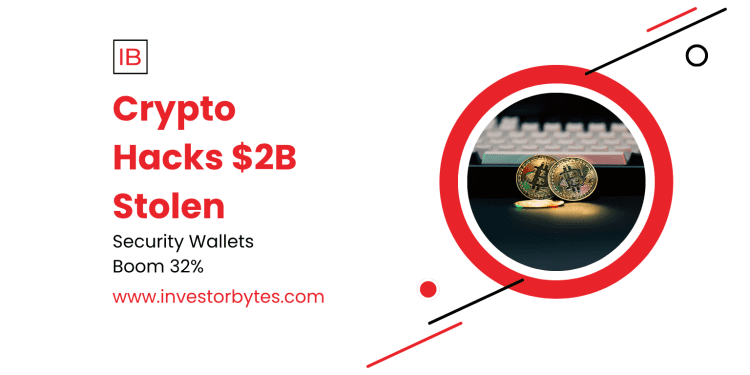The cryptocurrency ecosystem reeled from a staggering $2.55 billion in hacks and exploits through Q3 2025, eclipsing 2024’s full-year tally of $2.42 billion and marking the most devastating period on record, per CertiK’s Hack3d Report. This surge, up 50% from prior years, traces largely to North Korea-linked actors, who pilfered over $2 billion—nearly 70% of totals—via sophisticated infrastructure breaches like the February Bybit heist netting $1.5 billion, the largest single theft in crypto history. As Q4 unfolds, Chainalysis warns of potential $4.3 billion year-end losses if trends persist, with personal wallet compromises now claiming 23% of incidents amid rising phishing and social engineering threats. This onslaught underscores a maturing yet vulnerable sector, where state-sponsored cybercrime exploits DeFi’s opacity for geopolitical funding.
North Korea’s Lazarus Group dominates, attributing 30+ attacks including the June Nobitex $100 million raid tied to Israeli operatives, per TRM Labs. Ethereum bore the brunt at $1.63 billion across 175 incidents, followed by Bitcoin‘s $373 million in 10 breaches, while Sui’s Cetus Protocol lost $225 million in May—$162 million recovered via validators. Infrastructure vulnerabilities—private key thefts and front-end hacks—account for 80% of funds, averaging $30 million per incident, double 2024’s scale. Laundering premiums spiked 108% to evade detection, with cross-chain bridges like Tron and BTTC facilitating $1.4 billion from Bybit alone. Regional hotspots emerge: U.S. and Japan lead victim counts, while UAE and India top per-victim severity, highlighting uneven global defenses.
Technically, BTC/ETH correlations amplify fallout: ETH‘s RSI dipped to 35 oversold post-Bybit, with volume in majors up 35% signaling institutional hedging. Support at $100,000 (BTC) and $3,500 (ETH) aligns with 200-day EMAs, resistance at $110,000/$4,000 tests Q4 pivots. Break below risks $95,000/$3,300 Fib levels, but volatility at 50% anticipates regulatory rebounds. On-chain, stolen funds trace via analytics, freezing 15% via Chainalysis tools, yet DPRK’s evasion tactics—mixers and privacy coins—persist.
This $2B hack wave hammers DeFi TVL down 12% to $180 billion, spiking insurance premiums 40% and eroding retail trust, with 344 incidents YTD. For institutions, it spotlights multi-sig mandates and AI-driven monitoring. As 2025 closes, crypto hacks narrate peril: statecraft cyber vs. blockchain resilience. Vigilance on Q4 SEC probes—stricter KYC could curb $500 million, etching analytics as crypto’s sentinel shield.








